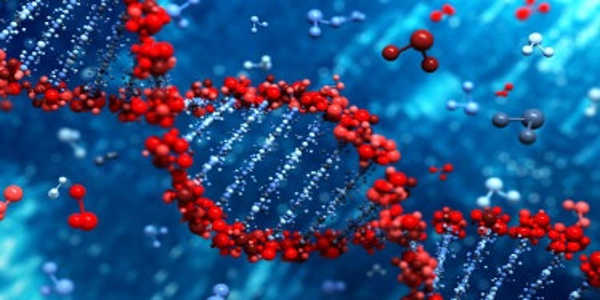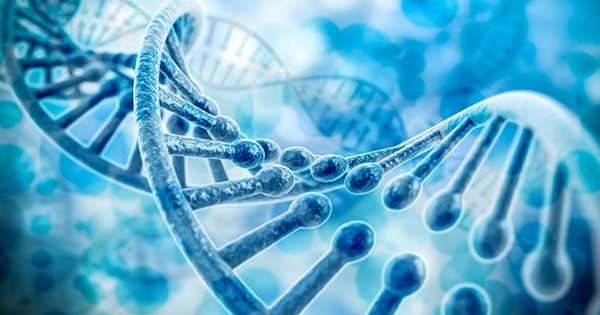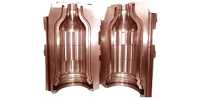A group of scientists from the University of California, Colorado State University, and Lawrence Berkeley National Laboratory discovered a new type of extrachromosomal element (ECE) living inside methane-metabolizing archaea. The paper that describes their findings can be found on the bioRxiv preprint server.
ECEs are DNA types that exist outside of chromosomes. They include viruses and plasmids, and they generally provide some benefit to the host. When it comes to viruses, ECEs are known to aid in the resistance to bacterial attacks. The researchers in this new study were looking for ECEs that could be useful in degrading methane in soil, which is a method of reducing greenhouse gas emissions in agricultural operations. Their job entailed digging into the soil and collecting samples of the organisms that live there. As part of that effort, they discovered an ECE they had never seen before.
The ECE’s most distinguishing feature was its size; samples ranged from 600,000 to 1 million base pairs. They were nearly a third the length of their host’s DNA, an archaeon called Methanoperedens. The researchers also discovered a number of ECE variants, which they named after colors such as “lilac” or “olive.” They have discovered 23 variations so far.
A team of researchers has discovered a new kind of extrachromosomal element living inside of methane-metabolizing archaea. The paper describing their findings is available on the bioRxiv preprint server.
It had distinct base pairs on either end of its strands, as well as replication sites, according to the researchers. They also discovered fragments of the host genome in the ECE strands. The team then performed database searches to compare the new ECE to other mud-dwelling DNA and discovered numerous matches. According to the researchers, the ECE obtains DNA snippets from other organisms it encounters, prompting them to name it Borg, after the cyborgs of “Star Trek” fame.
Extrachromosomal elements (ECE) include structures like viruses, plasmids, and megaplasmids, and they contribute to characteristics like antibiotic resistance in bacteria. However, according to the paper, the newly discovered structures, dubbed Borgs by the researchers, weigh between 600,000 and more than 1 million base pairs, making them far too large to fit into any of the known ECE categories. According to Jill Banfield, a geomicrobiologist at the University of California, Berkeley, who led the study, that is roughly one-third the size of the host genome. Furthermore, the Borgs lack distinguishing features that would place them in existing archaeal ECE categories, such as genes coding for viral proteins or ribosomal RNA.

The researchers noted that collecting DNA fragments from other organisms would require some effort, implying that there was a purpose. They hypothesize that the Borg seek out and use DNA that aids in the oxidation of methane. They go on to say that their large size suggests they were once plasmids or viruses.
The researchers examined over 10 billion DNA snippets in search of distinct DNA fragments in Methanoperedens, a genus of archaea whose genomes they discovered in the samples. They discovered 19 distinct linear DNA sequences that were not part of the archaea chromosomes but were significantly larger than plasmids or viral genomes. This DNA did not encode proteins that are typically associated with viruses or plasmids, implying that they were something else.
These characteristics were used to search other metagenomic datasets from similar muddy environments in the United States, such as California wetlands and a Colorado riverbed. They identified 19 distinct Borgs from these datasets and gave each one a color name, such as ochre, apricot, rose, and lilac.
Aside from their linearity, large size, and distinctive genetic patterns, all Borgs had one thing in common: they all coexisted with and replicated within the Methanoperedens family of methane-metabolizing archaea. Furthermore, the majority of the 21 percent of identifiable genes within the Borgs match Methoanoperedens genes, including an RNA-targeting CRISPR-Cas system and genes controlling nitrogen fixation and methane metabolism.













